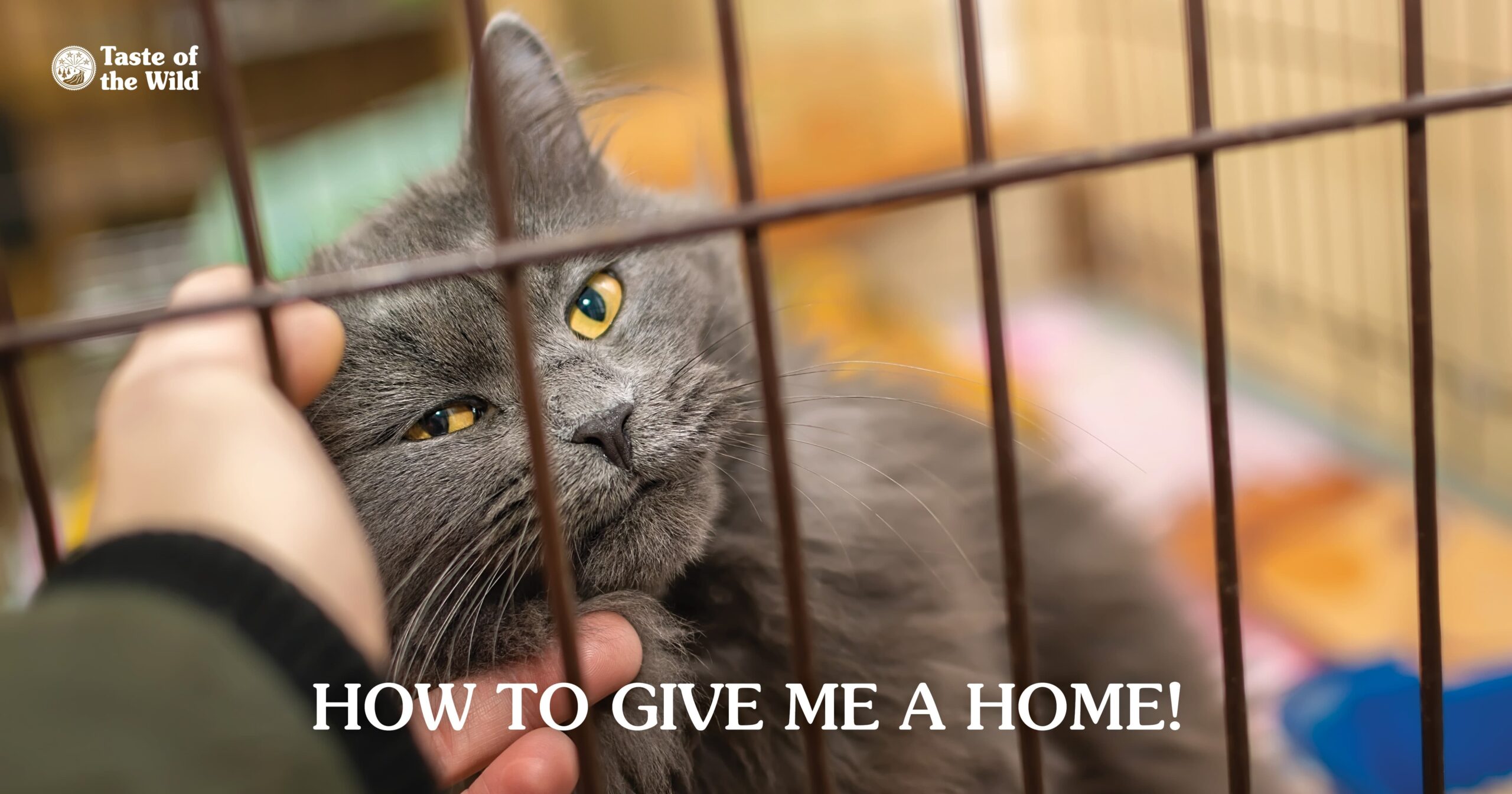How to Make Peaceful Introductions When Adopting a New Cat
Thursday, June 17, 2021 | Adoption

Owning cats is like eating potato chips: It’s darn near impossible to have just one. In fact, the average number of cats per household in the U.S. is about two, according to the American Veterinary Medical Association.
As part of National Adopt-a-Cat month, perhaps you’re thinking about joining the ranks of multi-cat households (and who wouldn’t?). If so, be advised that simply depositing your new cat in the middle of your living room could result in ongoing feline squabbles including hissing, growling, yowling or worse.
To help make the transition easier, here are some tips for introducing your new cat to your current feline housemate(s):
• First stop: the veterinary clinic. Even if you adopt your kitten or cat from a shelter, these organizations can’t always afford to test for every type of parasite or infectious disease.
To make sure you don’t bring anything into the house that could infect your current cat, your veterinarian can check for parasites including fleas and ear mites, as well as contagious diseases such as feline leukemia and feline immunodeficiency virus.
Making sure your new cat is neutered or spayed will help minimize the risk of urine marking in your house, as well.
• Give your new cat time to get acclimated. Prepare a room where the new cat can stay on its own for at least a week. Provide a litter box and toys as well as food and water bowls.
Place the new cat’s carrier on the floor of the room, open the carrier door and let the cat explore the room on its own. Using a feline pheromone spray or diffuser in the area may help your new cat feel calm. Keep the door to the room shut, but allow your new cat and current cat to sniff each other under the door.
• Help your cats swap scents. Rub a towel on your new cat and bring it out for the other cat to sniff, and do the same with the other cat. You can also switch litter boxes and food bowls, so they get used to each other’s smell.
• Time for the new cat to explore. Once your cats have had about a week to sniff each other under the door, place your current cat in a separate room and close the door. Now let the new cat explore the rest of the house.
• Hold short, supervised meet and greets. Place your new cat in a carrier in the middle of the room and allow your other cat into the room. This allows your cats to see and sniff each other without potentially swatting each other. Provide lots of treats and encourage calm behavior.
Another option is to have one family member play with a cat at one end of the room, while another plays with the other cat on the opposite side of the room. Make sure to lavish them both with treats. Start with 5-minute play sessions, and over the course of several days, increase the play time and gradually reduce the distance between the two cats.
If they still appear calm after about a week, you can allow them to approach each other for a bit.
• Provide an escape hatch. Once your cats start to mingle more, make sure to keep a room where each cat can get away from the other and feel safe, if needed. Keep a litter box in that room, as well as food and water bowls.
• Count the litter boxes. You should have one litter box for each cat, plus another one. That means you need three litter boxes if you have two cats. Put them in quiet, low-traffic areas where each cat can have some privacy, and scoop litter daily.
• Keep an eye on your cats. During the first few weeks, if you have to leave the house, place cats in separate rooms. You’ll want to supervise all their interactions until you’re confident they feel comfortable with each other.
It may take a few weeks for your cats to become friends. By making gradual introductions, paired with positive reinforcement, you can help them grow to enjoy each other’s company.
The information in this blog has been developed with our veterinarian and is designed to help educate pet parents. If you have questions or concerns about your pet’s health or nutrition, please talk with your veterinarian.




